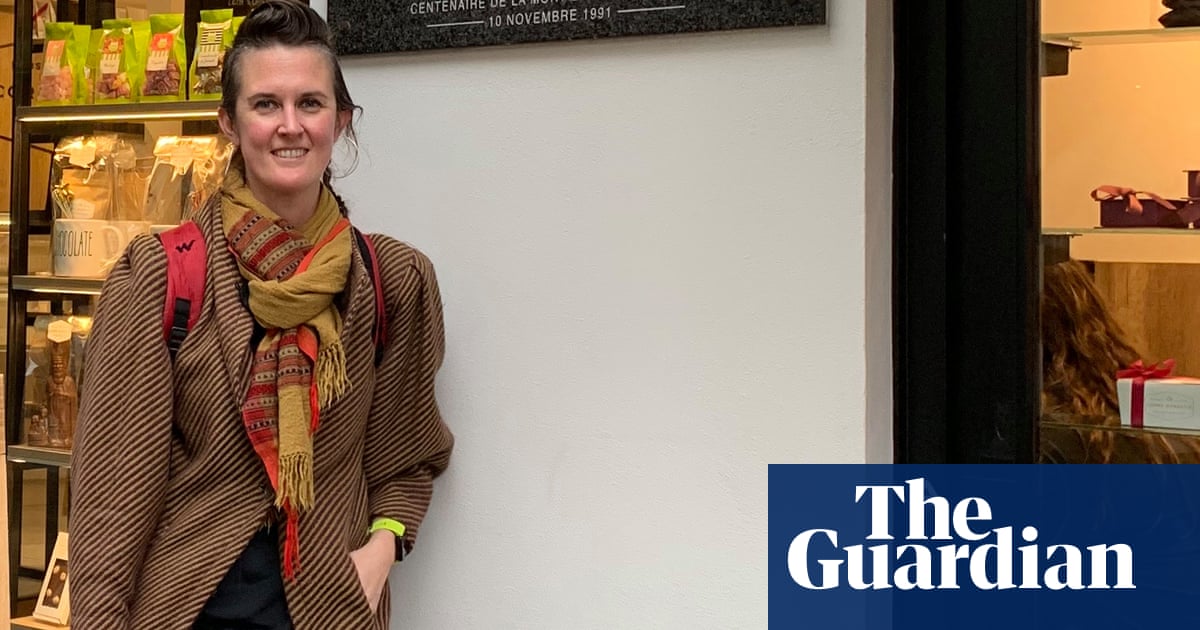A rare piece of postwar art that was under threat of being demolished along with the south London building it was housed in has been saved.
The work, a mural by William Mitchell, was created for a community centre in Blackheath that is to be torn down to make way for social housing. The mural will now be preserved by Heritage of London Trust (Holt).
Completed in 1958, it is thought to be the best kept example of Mitchell’s early work still in situ. It was made by combining 13 bespoke panels that Mitchell carved and filled in with resin.
Holt will relocate the mural in a primary school within the Brooklands Park estate where the community centre stands.
Nicola Stacey, the director of Holt, said: “The school is in the same estate and of the same period, so it’s an ideal transition for it. We’re really keen that it has maximum visibility and in a school the children will experience it every day. It will be a remarkable thing.”
Brooklands Park was seen as a leading example of aspirational postwar housing, with green space and tasteful design. The Twentieth Century Society, a preservation group, has backed local opposition to the plans to knock down the village hall and in 2022 launched an unsuccessful attempt to have the mural listed by Historic England.
Edmund Hall, an architect and artist who creates banners, including for his longtime collaborator Jeremy Deller, was part of the campaign to retain the mural. He said he was pleased it was being retained and felt its original home should be too.
He said: “Locally there is some satisfaction that the mural is ‘saved’, but I still feel it is a bit like demolishing the Sistine Chapel and saving the Last Judgment.”
Mitchell’s work has been threatened repeatedly in recent years but the Twentieth Century Society managed to get 15 works added to the national register, making him “one of the most recognised and respected muralists of the period”, according to the organisation.
He also created the facade of Liverpool’s Metropolitan Cathedral, and 30 April marks what would have been the artist’s 100th birthday.
Mitchell, who trained at the Royal College of Art and worked for London county council as a design consultant, produced about 100 works of art throughout the capital, many of which were placed in postwar housing estates with the intention of brightening them up.
Holt is restoring two other Mitchell murals, located in housing blocks in Lewisham, south London. Stacey said those responsible for contemporary building projects should take inspiration from the postwar period when Mitchell was active and include artworks, with commissions ideally going to local artists.
She said: “The era Mitchell’s work emerged in was idealistic but also incredibly inspirational. Today the developers putting up residential blocks should be integrating art into their schemes, commissioning emerging artists and not doing it as an afterthought.
“The legacy of people like Mitchell proves that not only are they wonderful for people living near them, but they also instil a sense of pride.”

.png) 1 week ago
13
1 week ago
13













































